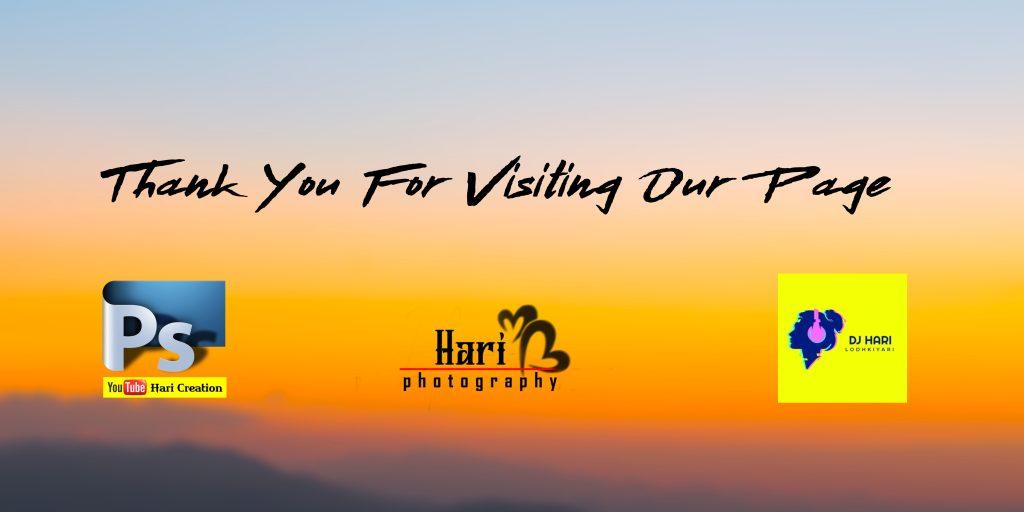Download Top Editing Backgrounds
Thank you for visiting our website. We are very glad you are here. We appreciate your visit and the time you spent reading through our content. Feel free to ask any queries you may have; we’ll be pleased to help. We want your time spent visiting our website to be enjoyable and rewarding.
Download Editing Backgrounds
We are overjoyed that you want to download information from our website. We value your patronage and want to make your visit as easy as possible. To access and download the content you’re looking for, please adhere to the guidelines provided. Don’t be afraid to contact our support team for help if you run into any problems or have any queries along the route. Thank you for selecting our website, and have fun with your download!

What Is Editing Backgrounds?
Typically, the term “editing backgrounds” refers to the process of altering or changing an image’s background during the photo-editing process. To create a desired effect or improve the composition of the photo, it entails modifying or changing the existing background.
Editing backgrounds can be done for a number of reasons, including enhancing an image’s overall aesthetics, removing distractions, establishing a particular mood or atmosphere, or adding a distinct setting or context.
Typical methods for altering backgrounds include:
1- Background Removal:
This entails separating the photo’s subject from its background, which is then either removed entirely or made translucent. This method is frequently applied to composite photos, portrait retouching, and product photography.
2- Background Replacement:
This technique involves substituting the current background with a different image or scene rather than eliminating it totally. It can be used to alter the scene’s context or develop a particular visual story inside the image.
3- Background Blur:
To draw attention to the topic and give the image depth, blurring the background can help. In order to achieve a shallow depth of field or to isolate the subject from an overly busy or distracting background, this method is frequently utilised in portrait photography.
4- Background Adjustment:
An image’s background may occasionally need to be changed in order to improve its colours, contrast, or general appearance. To get the desired effect, this can be done by modifying the exposure, saturation, or using other editing techniques.
Depending on the photo editing software you use, there are several methods and tools for modifying backdrops. Selection tools, layer masking, blending modes, and adjustment layers are just a few of the tools and capabilities that programmes like Adobe Photoshop and Adobe Lightroom offer to make backdrop editing easier.

How To Download Editing Stock
Below is a link to download. By clicking the download button provided below, you can obtain the editing stock. It will be contained in a ZIP file. To utilise the file in picture editing, you must first unzip it. Below are tutorials for both Android and Windows on how to unzip a file. To properly unzip the zip file, carefully read them.

How To Extract ZIP Files On Android
1. Install a file manager app:You can download and install a file manager app from the Google Play Store if your Android device doesn’t come with one built in. Popular choices include X-plore File Manager, Solid Explorer, and ES File Explorer.
2. Locate the zip file: Locate the zip file’s storage location by opening the file management programme and going there. Either the internal storage or an external SD card may include this.
3. Select the zip file: To choose the zip file, tap on it. If necessary, you might need to long-press the file until it is highlighted or utilise the available checkboxes to pick a number of files.
4. Extract the zip file: Find a “Extract” or “Unzip” option in the file manager’s menu or toolbar. When you tap it, the zip file’s contents will begin to be extracted in the file manager.
5. Choose the extraction location: You will be given the option to select a destination folder in the file manager where the extracted files will be saved. You have the option to choose an existing folder or make a new one.
6.Start the extraction process: To start the extraction process after choosing the extraction destination, tap “Extract” or a button that looks similar. The zip file’s contents will be extracted by the file manager and placed in the designated place.
7. Access the extracted files: You can access the extracted files by going to the designated destination folder when extraction is finished. Depending on the file type, they will be usable in other apps or available for viewing.
Keep in mind that depending on the file manager application you’re using, the exact instructions may differ slightly. On Android, the majority of file manager apps use a similar procedure for extracting zip files.
How To Extract ZIP Files On Windows
1. Locate the zip file: Go to the folder or place on your Windows PC where the zip file is saved.
2. Extract the zip file:When you right-click the zip file, a context menu will show up. Choose “Extract Here” or “Extract All” from the menu’s options.
- You’ll be prompted to select a destination folder when you click “Extract All” so that the extracted files can be saved there. You have the option to make a new folder or choose an existing one.
- The “Extract Here” button will extract the files to the current directory and create a new folder with the same name as the zip file, putting the extracted files inside of that folder.
3. Start the extraction process: A popup will open after choosing the extraction option, allowing you to specify the destination folder if you selected “Extract All.” After checking the parameters, press the “Extract” button to launch the extraction procedure.
4. Access the extracted files: files: To access the extracted files after extraction is finished, go to the designated destination folder. Depending on the file kinds, they will be usable or viewable.
By double-clicking on a zip file, you can read its contents without extracting it thanks to Windows’ built-in support for processing zip files. However, you must extract the zip file as previously mentioned in order to access the individual files.
The majority of Windows versions, including Windows 10, Windows 8, and Windows 7, should function with these procedures. The procedure may alter slightly depending on which version of Windows you’re running, but the basic idea is the same.
Editing Apps For Android
- Adobe Photoshop Express:
A powerful and feature-rich app that allows you to edit and enhance your photos with a wide range of tools and filters. It also offers various creative effects and easy sharing options.
- Snapseed:
Developed by Google, Snapseed is a professional-grade photo editing app with a user-friendly interface. It offers a wide array of tools and filters to enhance your images, including selective editing, healing brush, and HDR effects.
- VSCO:
Known for its beautiful filters and film-inspired presets, VSCO is a popular choice among photography enthusiasts. It also offers editing tools and a social platform for sharing your photos.
- PicsArt:
An all-in-one photo editing app with a robust set of tools, including filters, effects, collage maker, drawing tools, and more. It also has a vibrant community where you can discover and share artwork.
- LightX Photo Editor:
A comprehensive photo editing app that lets you perform advanced editing tasks such as background removal, blending images, and creating photo collages. It also offers a variety of filters and effects.
- Pixlr:
Pixlr provides a user-friendly interface and a wide range of editing tools. It offers features like overlays, filters, retouching tools, and text overlays to enhance your photos.
- Photo Editor Pro:
This app offers a simple and intuitive interface with a range of editing tools, filters, and effects. It also provides basic retouching options, including adjusting brightness, contrast, and saturation.
Remember to explore these apps to find the one that best suits your needs and preferences. Enjoy editing your photos on your Android device!
Editing Software For PC
- Adobe Photoshop CC:
Adobe Photoshop is a professional-grade photo editing software with extensive features and tools. It offers advanced editing capabilities, including layers, filters, retouching, and more.
- GIMP:
GIMP (GNU Image Manipulation Program) is a free and open-source photo editing software that provides a wide range of tools and features. It offers powerful editing capabilities and supports various file formats.
- Affinity Photo:
Affinity Photo is a powerful and affordable alternative to Adobe Photoshop. It offers professional-level editing tools, including layers, filters, retouching, and advanced selection tools.
- Paint.NET:
Paint.NET is a user-friendly and free photo editing software with a clean interface. It offers essential editing tools, effects, layers, and plugin support, making it suitable for both beginners and casual users.
- Corel PaintShop Pro:
PaintShop Pro is a comprehensive photo editing software that offers a wide range of features. It includes editing tools, advanced retouching options, creative filters, and built-in tutorials.
- Fotor:
Fotor is a versatile photo editing software with a user-friendly interface. It offers basic editing tools, filters, effects, and collage-making features, making it suitable for quick and easy edits.
- PhotoScape:
PhotoScape is a free photo editing software that offers a range of editing tools and features. It includes basic editing options, filters, batch editing, collage-making, and GIF creation.
These are just a few examples of photo editing apps available for Windows. Depending on your specific needs and preferences, you can explore these options and find the one that suits you best.

Discover more from Hari Creation
Subscribe to get the latest posts sent to your email.





vorbelutr ioperbir
May 24, 2023Howdy! This is my first visit to your blog! We are a team of volunteers and starting a new initiative in a community in the same niche. Your blog provided us valuable information to work on. You have done a wonderful job!
Watch NFL Online
May 24, 2023I admire your work, regards for all the interesting blog posts.
Watch NFL Online
May 24, 2023There is noticeably a bunch to know about this. I think you made various good points in features also.
Qatar live sports
May 24, 2023Wow! This can be one particular of the most useful blogs We’ve ever arrive across on this subject. Actually Excellent. I’m also a specialist in this topic so I can understand your effort.
useful reference
May 24, 2023Thanks for every other informative web site. The place else could I am getting that type of info written in such a perfect way? I’ve a project that I’m simply now running on, and I have been at the glance out for such info.